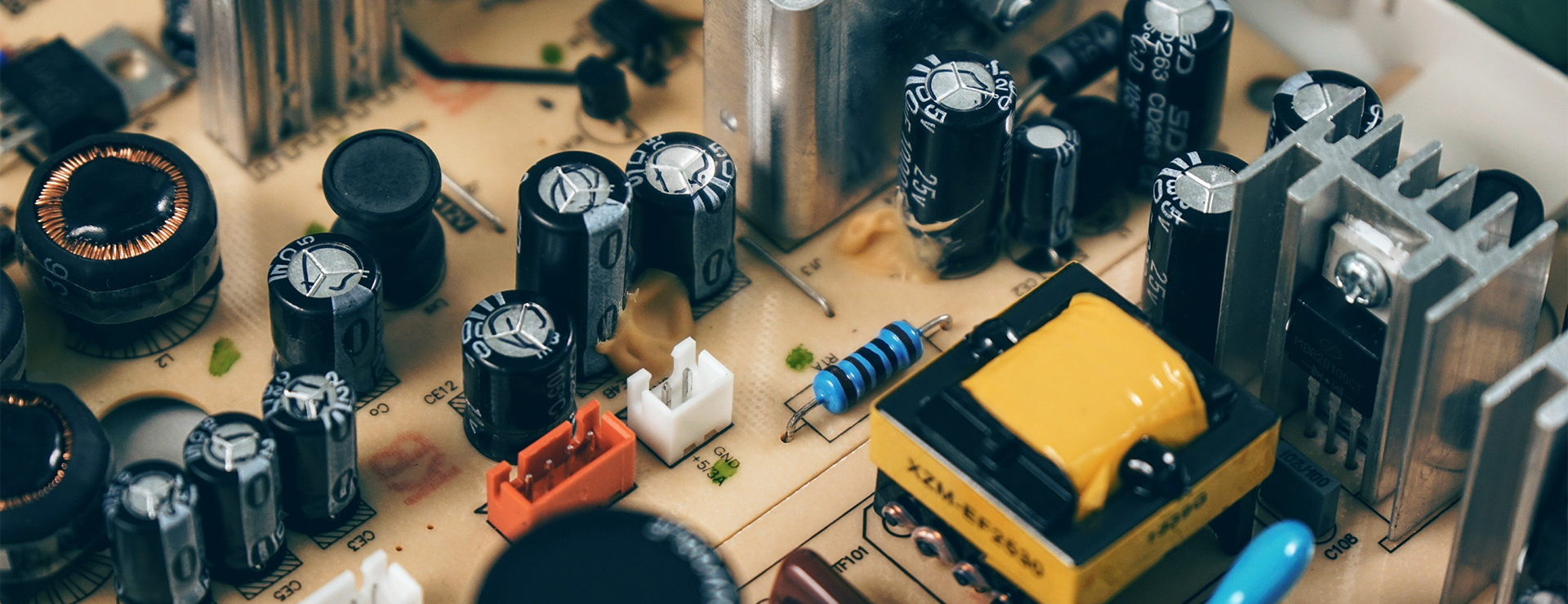I. Linear electric actuator
Linear electric actuator is the most widely used type of electric actuator at present, which is characterized by simple structure, convenient operation, high precision, high torque, and is suitable for most of the occasions that require linear rotation. Among them, the material of linear rod is mostly stainless steel, which can improve the friction coefficient.
Scope of application: linear electric actuators are suitable for medical equipment, electric beds, industrial automation equipment and other fields.
Application scenarios: electric power assisted device, automatic nurse station, medical workstation, human-electric workstation and so on.
2.Angle type electric actuator
Angle type electric actuator is mainly in the linear electric actuator based on the addition of a rotary axis, can realize the dual function of linear and rotary motion. Therefore, in some occasions where both linear and rotary movements are required, angle type electric actuator is very suitable.
Scope of application: Angle type electric actuators are suitable for industrial equipment, medical equipment, automation equipment and other fields.
Application Scenario: Electric nursing bed, adjustable microcomputer lifting table, medical surgical bed, electric wheelchair.

3.Heavy duty electric actuator
Heavy-duty electric actuator is generally used in heavy load occasions, its structure is compact, strong load capacity, usually used in a variety of need for limited angle expansion and contraction adjustment occasions.
Scope of application: Heavy-duty electric actuators are suitable for heavy industrial equipment, aluminum processing, high-pressure processing and other fields.
Application Scenario: High-pressure processing machine tools, glass processing equipment, vertical lifting and lowering attachment devices, stage aerial rods, etc.
4.Miniature electric actuator
Miniature electric actuator has a compact structure and long service life, which is suitable for small equipment that is not applicable to the above three types of occasions. The advantages of miniature electric actuator are high reliability, small size, light weight, low noise, fast speed, long service life and so on.
Scope of application: miniature electric actuator is suitable for miniature home appliances, fitness equipment, security equipment and other fields.
Application scenarios: adjustable desk lamps, smart toilet covers, smart home control devices, fitness instruments, high-definition cameras .











